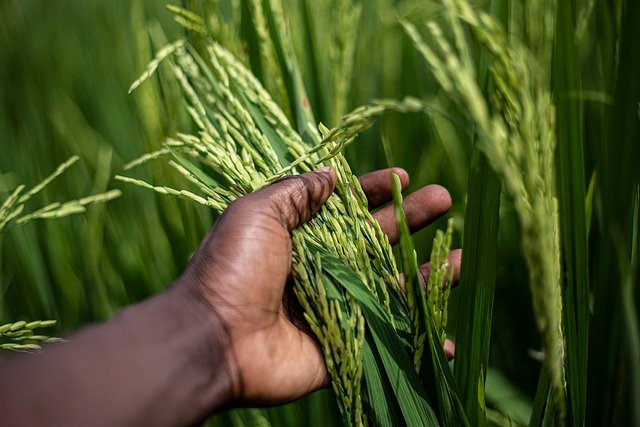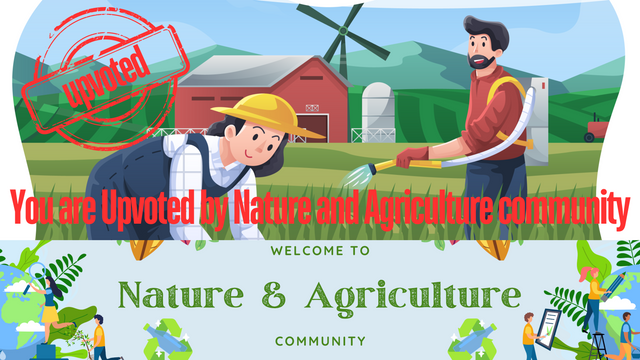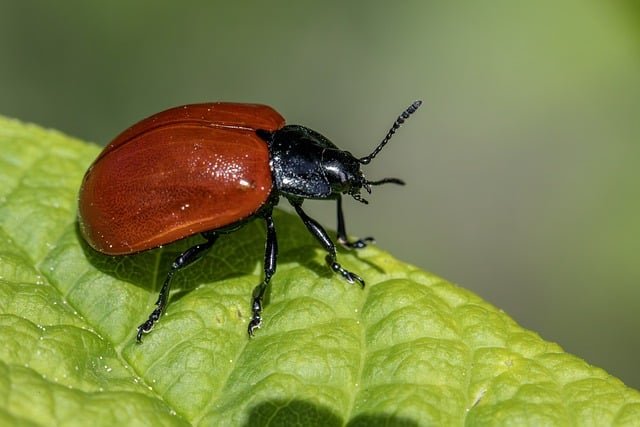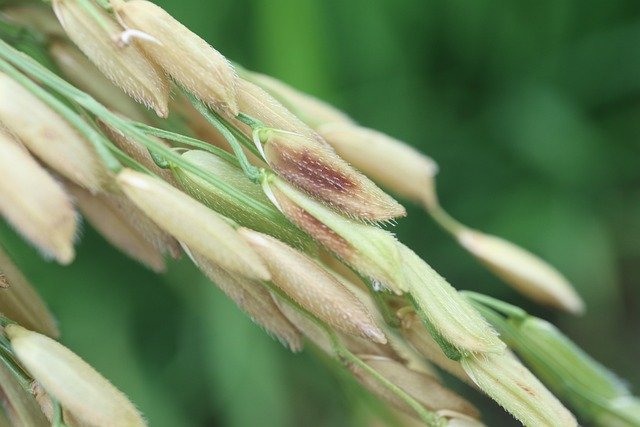SEC || S20W2: How To Cultivate A Paddy
Cultivating paddy or rice is a significant aspect of agriculture, as rice comprises a major portion of the world's consumed grains. To ensure successful rice cultivation, it's important to focus on getting the seedbed and soil preparation right to help achieve a better yield.
 source source |
|---|
What Is The Method Of Rice Seedbed Preparation, And What Steps Are Taken In Preparing The Soil For Rice Cultivation |
|---|
When getting the seedbed ready for paddy, start by clearing the land of any debris and weeds to make sure there are no obstacles. Then, give the land some love by plowing and harrowing it to loosen it up and make the soil nice and smooth. Once the land is all set, flood the soil to make it easier for planting, or create drainage paths to prevent waterlogging.
It's also a great idea to check the soil's pH level and use fertilizer accordingly, with organic options being the best for improving fertility. Choose top-notch seedlings that can handle different weather conditions and make sure to give them enough space between each one to avoid overcrowding. Dealing with pests and diseases early on is also important to keep them from causing trouble.
The whole point of preparing the soil and seedbed for paddy cultivation is to reduce the chances of pests and diseases, improve crop yields, enhance the soil's structure and fertility, and ensure efficient water usage throughout the entire process.
What Is The Importance Of Planting Rice Seeds At The Right Time? |
|---|
Planting paddy at the right time is super important for getting the best crop yield. This helps us take advantage of great weather conditions and work together with the right climate to create the perfect environment for the paddy.
By planting at the best time, we make sure that the soil temperatures are just right for the rice to grow. This also means we can make the most of rainfall during the best planting seasons, so we don't have to use as much extra water.
Getting the timing right also helps us make sure there's enough water for the rice, which is super important. It also reduces the risk of crop failures and helps us deal with pests and diseases, so we end up with better quality and more rice all year round!
How Is Regular Irrigation And Fertilizer Applied After Sowing Rice Seeds? |
|---|
To get the best yield, it's important to use both fertilizer and irrigation when growing paddy.
Fertilizer
When preparing the seedbed and soil, it's important to respond to the soil's specific needs as determined by soil testing. If the soil requires additional nutrients, the necessary NPK should be applied during the planning phase based on the results of the soil testing.
Afterward, it's important to adjust fertilizer application as the plants grow. Factors such as overall health, leafiness, and other observations should be taken into consideration when introducing fertilizers at different growth stages.
Irrigation
When it comes to irrigation, it's important to water the land at different intervals and use both initial and continuous flooding, depending on the situation. Just a few days after planting our rice, we need to make sure we're watering within the right range to avoid prolonged waterlogging. After that, we should flood the area again a couple of weeks later to keep the soil moist and at the right temperature.
It's also a good idea to have a way to dry out the land in case we notice any waterlogging to prevent rots and fungal diseases. In that case, introducing a drainage system would be helpful.
We already know that using drip and precision irrigation methods, along with flooding, can help us avoid wasting water and ensure it's evenly distributed across the farmland.
What Are The Major Pests And Diseases Of Rice Crops, And How Can They Be Controlled? |
|---|
Just a quick reminder about pests and diseases in crops. Pests and diseases can affect any crop, but the impact varies based on factors like the crop's resistance and management practices.
Let's talk about some common pests of rice found in paddy farms:
- The "Rice Leaf Folder," which consumes plant leaves, causing distortions in photosynthesis, an important process for plant nutrition.
- The "Brown Plant Hopper," which sucks sap from rice plants, stunting crop growth.
- The "Green Leaf Hopper," which can spread viruses and also feeds on plant saps like the brown hopper.
Other pests include the "stem borer" and "gall midge," which mostly affect rice stems and tissues.
Common Diseases of Rice:
The following are common diseases found in paddy farms:
- Fungal diseases such as rice blast, sheath blight, and root rots
- Bacterial leaf blight and
- Viral diseases such as the Tungro Virus.
Measures to control rice pests and diseases include:
- Utilizing Neem oil which serve as pest repellent.
- Using improved grains and resistant varieties for pest control.
- Using environmentally friendly chemicals and insecticides.
- Implementing natural and biological methods such as introducing birds into the field to feed on these pets.
What Are The Next Steps After Harvesting The Paddy, And What Are The Steps To Be Taken To Preserve The Paddy? |
|---|
The next thing that follows harvest is the concern about the level of excellence of the paddy as well as its quality of being long-lasting. To realize this, the functions below ought to be carried out:
- Drying:
This is very essential for the removal of dampness or humidity or the grain. The essence of this impede or prevent infestation of bacteria or fungi.
- Threshing & Winnowing
This is a process of separation of chaff and straws from the grain. Cleaning precedes after this process in which broken grains and other impurities are removed.
Unhusked rice is best preserved in a dry place exposed to the circulation of fresh air and without direct sunlight. Furthermore, moisture should be avoided within the environment at all costs to prevent the accumulation, increase, or gradual development of fungi.
Warehouses, storage sacks, and silos have stood out as an ancient long-term preservation method for paddy.
The Bottom Line |
|---|
No work, regardless of how little or much tailored towards food security, is worthless or valueless. It may be a monotonous, time-consuming, or wearisome process requiring much labor, but the harvest is usually accompanied by joyous moments.
Rice has remained the topmost consumed grain in the world. Therefore, greater attention ought to be constantly channeled towards not only sustaining it but also improving its production.
Am inviting @ruthjoe, @ninapenda, and @chilaw to join the contest. Thanks for your time with me
.png)

